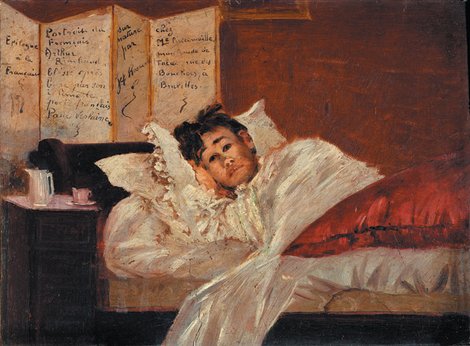IN the political equivalent of rainbows and puppies, US president Barack Obama recently introduced a virtual petitioning system allowing the ordinary American to nail her grievances to the door of the White House. Look at that: an administration that appears to combine Martin Luther King and the best of Martin Luther. What could possibly go wrong?
The idea behind the ‘We the People’ feature on the White House website (whitehouse.gov) is that if you can gather 25,000 signatures for your cause in 30 days – the minimum had to be raised from 5,000 because the administration completely underestimated the number of crazies out there – then you can get the president to act on it.
Well, when I say “act” on it… “White House staff will review it, ensure it’s sent to the appropriate policy experts, and issue an official response,” says the website. In practice this means that, after all your hard work rallying supporters – you might spend days, nay weeks, toiling away on Facebook for this – you’ll be rewarded with a generous serving of fudge from some staffer.
The feature was launched at the end of September, so the responses to the first petitions have been fluttering out from the White House in the past few weeks like so many vacuous greeting cards.
“The US government has no evidence that any life exists outside our planet,” came the response this week to twin petitions on that subject. One asked for an “immediate disclosure of the government’s knowledge of and communications with extra-terrestrial beings”; the other asked the White House to acknowledge an extra-terrestrial presence “engaging” the human race. But thank you for asking, said the White House. They’re so glad you asked.
There have been ten responses so far, including the one about aliens which, I’m sure you’ll agree, is likely to have no force whatsoever in dislodging the Roswell Incident from its position in the hearts of American conspiracy theorists.
The administration has also waffled a bit about reducing the operating costs of the postal service; promised action on student debt; refused to legalise marijuana ; said “that would be an ecumenical matter” (or words to that effect) about references to God in public life; and twice explained why it can’t comment on court decisions.
We the People is gaining around 31,000 new signatures a day. Last Monday, a petition was launched urging people to “fight” for Parrot, a pit bull cross who was shot by a policeman in New York. “What the officer did was wrong and we need to stand up for Parrot. It is not right what the cop did,” writes the petitioner. Admittedly the circumstances of the shooting look a little suspect, but even the petitioner must realise the poor dog is past help now. There’s nothing Obama can do for an ex-Parrot.
And already the thing is beginning to turn in on itself. There’s now a petition to “actually take these petitions seriously instead of just using them as an excuse to pretend you are listening”. More cleverly, another has been launched demanding “a vapid, condescending, meaningless, politically safe response to this petition”.
You get the idea. There are more tinfoil hat types than Chartists, and more champions of legalised marijuana than anything else. The issue arises in half a dozen petitions, and the response by Gil Kerlikowske, director of America’s national drug control policy, indicating that the administration is not for turning on the subject, has led to another stream of petitions calling for Kerlikowske to be fired. The entire exercise begins to look like an object placed between two mirrors: it reflects nothing but itself, and keeps getting smaller and less realistic into infinity.
Still, it’s tempting to wonder how a similar system might work here. What would we petition the government about? We the people would like to know what in heaven’s name you think you’re doing. Why did you claim not to know who the Anglo bondholders were? Can you fix the pothole outside my house? Do you seriously believe it’s the welfare system that’s the problem? Is Michael Healy-Rae a real person? What do we really know about rendition flights through Shannon? Job Bridge: are you having us on? What’s the going rate for a favourable planning decision these days? Would you kindly acknowledge that actually we didn’t all party? How do you plan to dispose of Gay Mitchell?
Of course we’d have to ask about the UFOs in Boyle, Co Roscommon, as well. And obviously Jim Corr would have to be barred; he would just hog it. But when you think about it, it becomes clear that we do need a ‘We the People’ system here. Freedom of speech is so diverting, even when it’s meaningless.
Published in the Irish Mail on Sunday, 13 November 2011




